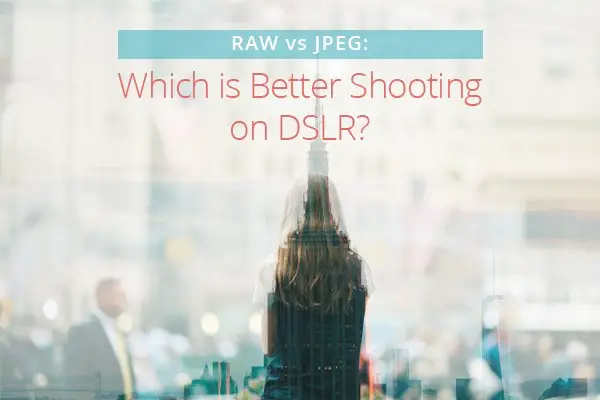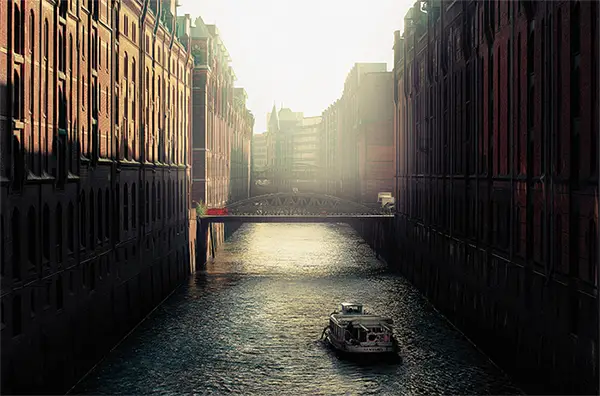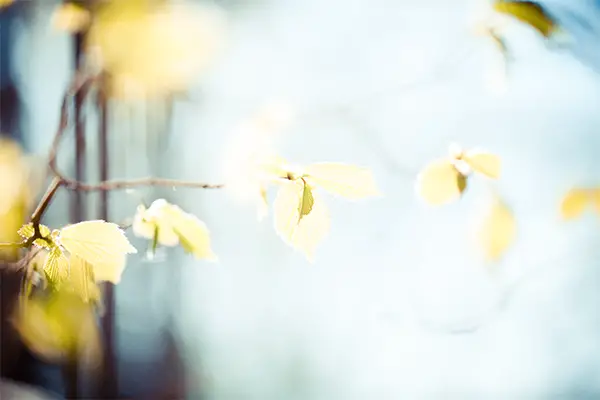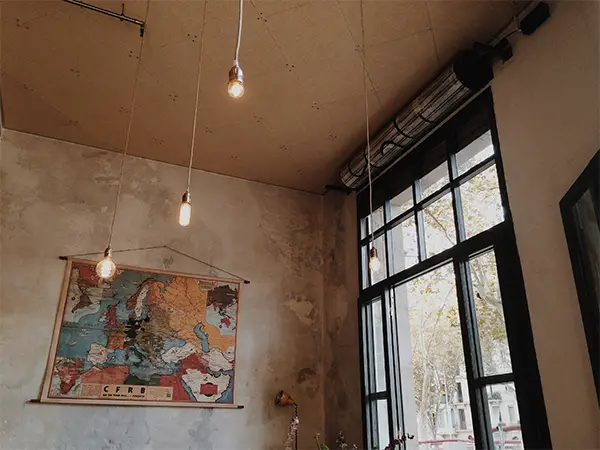The photography world is constantly rattled by many opinion clashes. Which is the better camera, which is the better photography style and even which format is better to save photos in.

These and many more questions keep cropping up and seem like never ending. This discussion will help you in putting an end to at least one of such questions, that is, shooting in RAW vs JPEG – which is the better?
Your DSLR camera offers the choice of picking the format you want to save pictures in. This choice includes RAW and JPEG. While JPEG is the default image format in which most point and shoot cameras save pictures, RAW images tend to occupy an unchartered territory for many. This is owing to the mystery that surrounds them. Most of us are not familiar with what RAW image format actually means and how different it is from JPEG. So let us walk the line and find out.
RAW Image Format
A RAW image, as the name suggests, is an unprocessed file full of data – like a table full of ingredients to a recipe or a negative to a photograph. You can make the best out of it if you know how. Meaning, that you have the freedom to extract the best quality out of a RAW image during post-processing.

Moreover, just like a negative can be used to develop many copies of a photograph, a RAW image can be processed differently more than once to get different quality images. Also, since they capture and store the image data as it is, RAW images contain more dynamic range and colors as compared to JPEG images.
Recovering light highlights, minute details while shooting overexposed or dark scenes and correcting white balance problems is easier with RAW images.
However, there are a few downsides to RAW images too. Firstly, RAW images are larger in size as compared to JPEGs.
They ought to be with all the extra information packed inside them. Along with image specific information, camera-specific and manufacturer-specific information is also saved within a RAW image. Secondly, RAW images cannot be directly viewed; they need conversion to some other image format to be seen normally. This makes working with them an inconvenience.

And thirdly, RAW images are not standardized across DSLR manufacturers. That means Nikon software cannot read Canon RAW files and vice-versa.
JPEG Image Format
The majority of us are familiar with JPEGs. Along with being the default image format in most point and shoot cameras, JPEG images are the most easily exchanged images via email and direct USB transfer.
A JPEG can be seen as a versatile bundle with the capability to exhibit million of colors within a very compressed file size. When an image is saved in JPEG format, the camera takes care of all settings like sharpness, white balance correction etc. You do not need to bother yourself with post-processing. Just click it and share it.

As was the case with RAW images, JPEGs have their shortfalls too. Being small in size means that some of the image information is stripped off. The more detailed an image is, the larger it will be in size and vice-versa.
Also, if a DSLR is set to capturing images in JPEG, it automatically processes all image data to make a ready JPEG. That means you may never know what effects were applied on the image and would never have the chance to reverse them if you want.
RAW vs JPEG – So which image format wins in the race?
So which format should one go with while shooting with a DSLR – Raw or JPEG? Confused? Don’t be. Here’s a summarized list of situations where you should go with JPEG and where with RAW:
You should shoot in JPEG if:
- You have a space restriction. JPEGs fit into smaller size.
- Your camera’s JPEG results are sufficient for your purpose.
- You do not have the time or do not wish to be bothered with post-processing.
You should shoot in RAW if:
- You want to extract the best out of the images yourself during post-processing.
- You want to establish authentic ownership of your images. RAW pictures are difficult to modify using software.
- You do not want to loose any detail of your pictures.
- You want to preserve image data for a different version of images that might be needed in the future.
It’s only you who can decide which format to choose. Weigh the above reasons and situations carefully before picking on a picture format.
Concluding Lines
If you’ve always thought all picture formats are similar and saving an image in one format is equal to the other, well think again! List down your priorities while clicking pictures. Only when you know what you want, can you pick the correct picture format. Happy clicking!









Mi Nikon incluye la opción de tomar dos fotos a la vez, un jpeg y la otra en raw, consideran que es buena esta opción ? Y por qué ?
I used to shoot jpg until I learned more about post-processing, and now I wish I could go back in time and have the RAW data from many of my favorite pictures from before I knew better. The ability to really make those old pics shine are forever lost now 🙁 If you even think you may learn to process RAW one day, shoot it now so you don’t have regrets later. You can always down-convert, but you can’t go back and up-convert files.
“RAW images cannot be directly viewed; they need conversion to some other
image format to be seen normally. This makes working with them an
inconvenience”
No conversion is required (unless you are talking about viewing over the internet), current Mac OS (and I think PC) natively display RAW files and there is an abundant source of readily available software to view the images, including manufacturer provided software.